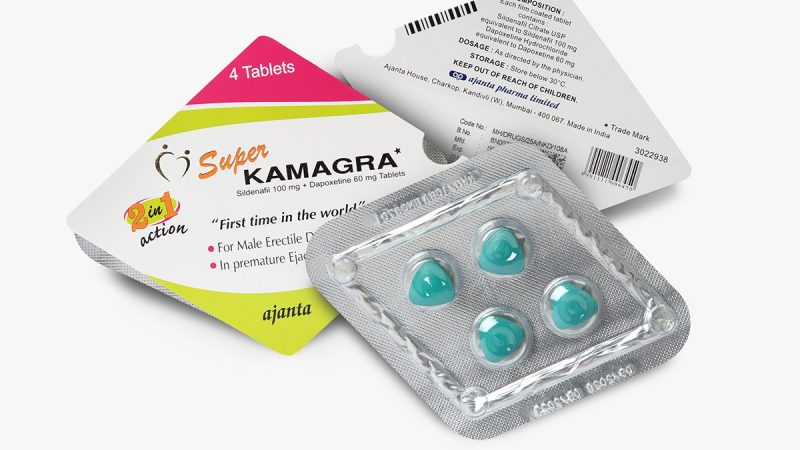The Three Options for Dealing with Chronic Pain

Living with chronic pain is no picnic. According to a recently released study, more than 20% of American adults experience chronic pain, either every day or most days. That is more than fifty million people if you prefer hard numbers over percentages.
Unfortunately, the causes of pain are vast and numerous. Some people experience arthritis pain in their knees, hips, and back. Others suffer from pain caused by cancer and its treatments. Others have migraines. The list goes on and on.
The thing to remember about pain is that it is merely a symptom of some other condition. Where treatment is concerned, one would think that the focus would be on determining the underlying cause and addressing it. Sometimes that’s the case. Other times, treatments do little more than mask the pain.
So what are patients to do? According to Texas-based Lone Star Pain Medicine, the three primary options are as follows:
1. Living With It
The first option for dealing with chronic pain is to simply live with it. You suck it up and press on no matter how much your body protests. For many of us, this is a viable option when chronic pain isn’t debilitating. A bit of arthritis pain in the hands or wrist can easily be ignored for the most part.
We are also very adept at modifying our behaviors in order to avoid triggering pain. Someone with arthritis in the hands might choose to stop playing the piano, for example. Another with painful knees may choose to stop playing golf. However, modifying behavior is not necessarily a good thing. Failing to use certain body parts to avoid pain often ends up increasing the pain. And with disuse comes loss of function.
2. Seeking Traditional Treatments
The second option for chronic pain is seeking out traditional treatments. By ‘traditional’, this post is referring to prescription medications, medical devices, and surgical procedures. Traditional treatments for osteoarthritis provide an appropriate illustration.
Doctors are likely to recommend OTC pain relievers during the early stages. As the disease progresses, the patient graduates to prescription NSAIDs. Once those medications are no longer working, the only remaining option is to have the joint surgically replaced.
Unfortunately, traditional treatments do not always address the underlying issue in a helpful way. Pain medications only provide an analgesic or anti-inflammatory benefit. But as soon as the drugs wear off, the pain returns.
3. Seeking Alternative Treatments
The third and final option for dealing with chronic pain is seeking alternative treatments. Some alternative treatments are well documented and proven to work. Others are less documented and supported mainly by anecdotal evidence. But when you are dealing with chronic pain, anecdotal evidence might be good enough.
What are some examples of alternative treatments? Acupuncture and chiropractic are two options that are now considered mainstream despite being thought of as quackery just 30 years ago. Regenerative medicine’s stem cell and platelet-rich plasma (PRP) injections are examples of treatments pertaining to musculoskeletal injury and disease.
Less controversial are treatments like facet joint injections and medial branch blocks. Neither procedure directly addresses the underlying condition, but both can offer long-term pain relief without the need for prescription medications. Surgical procedures can be avoided as well.
As a chronic pain patient, it is a safe bet you think every option should be on the table. You should have the ability to work exclusively with your doctor to find something that brings you relief. Ultimately, you should get to make the final choice – whether that means you choose to live with the pain, seek traditional treatments, or look for alternative medicine.







